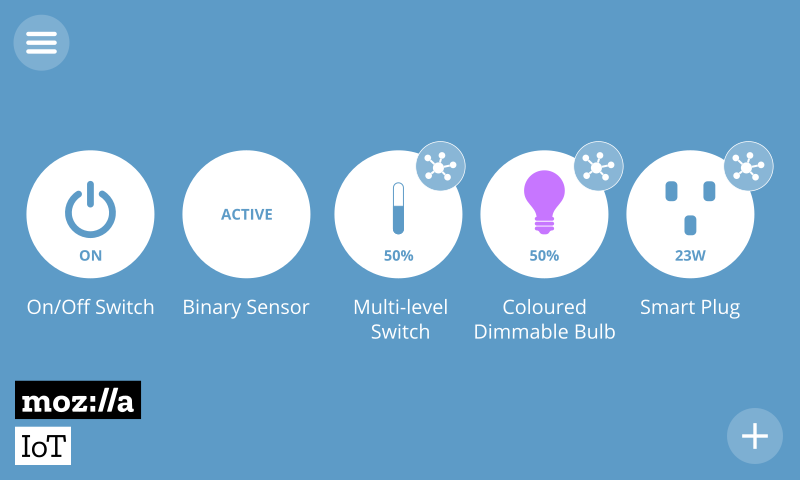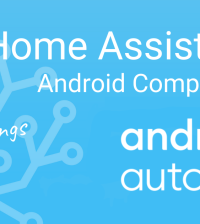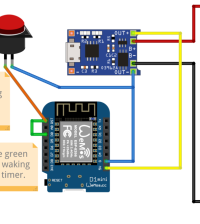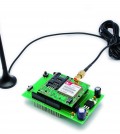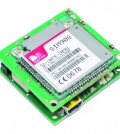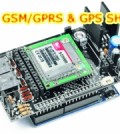- makeITcircular 2024 content launched – Part of Maker Faire Rome 2024Posted 2 weeks ago
- Application For Maker Faire Rome 2024: Deadline June 20thPosted 2 months ago
- Building a 3D Digital Clock with ArduinoPosted 7 months ago
- Creating a controller for Minecraft with realistic body movements using ArduinoPosted 7 months ago
- Snowflake with ArduinoPosted 8 months ago
- Holographic Christmas TreePosted 8 months ago
- Segstick: Build Your Own Self-Balancing Vehicle in Just 2 Days with ArduinoPosted 8 months ago
- ZSWatch: An Open-Source Smartwatch Project Based on the Zephyr Operating SystemPosted 9 months ago
- What is IoT and which devices to usePosted 9 months ago
- Maker Faire Rome Unveils Thrilling “Padel Smash Future” Pavilion for Sports EnthusiastsPosted 10 months ago
Mozilla’s Thing Gateway, the Secure Connection Between You and Your Smart Home Devices

Few day ago, Mozilla announced the release of one of the first Project Things effort: an internet of things (IoT) hub called Things Gateway.
Using a Raspberry Pi and Mozilla’s newly-released software, users can control their smart home devices through an enticing voice- and browser-based interface. The Things Gateway uses the microphone in users’ computers, and provides a secure URL that can be accessed from anywhere in the world.
Instead of installing a different mobile app for every smart home device you buy, you can manage all your devices through a single secure web interface.
“We believe the future of connected devices should be more like the open web. The future should be decentralized, and should put the power and control into the hands of the people who use those devices. This is why we are committed to defining open standards and frameworks.”
Things Gateway is interesting as it’s a completely open system. With commercial hubs, there’s always a risk that the manufacturer may get bought or run out of cash, resulting in support for products being canned.
The software is open source, and freely available on Github.
It’s pretty exciting, but worth remembering that Project Things isn’t just a single project, but rather an effort to address the broader issue of IoT fragmentation. As you’d expect from Mozilla, it’s taking an open and standards-driven approach to this. They are interested in the technological fundamentals of how these devices talk.
If you’re interested in building your own Things Gateway, you can read Mozilla’s how-to here.
